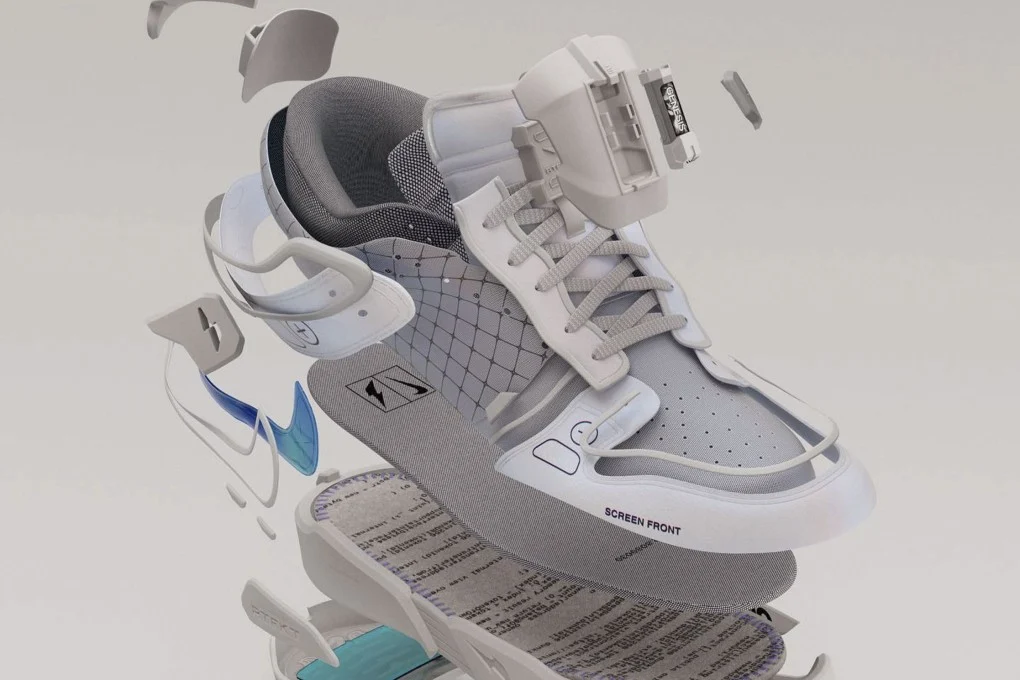When you pick up a pair of sneakers, it's hard to ignore their heavy reliance on plastics and fossil fuels. From sportswear giants like Nike to high-end fashion brands and high-street staples, sneakers are a significant contributor to the footwear industry's environmental footprint. The rapid release of new models, frequent drops, and the prevalent use of virgin materials during production exacerbate the environmental impact, primarily concentrated in the manufacturing stage.

The selection of materials in sneakers is primarily driven by practical considerations. Plastics, particularly synthetic rubber and polyurethane, are chosen for their exceptional durability. These materials exhibit remarkable resilience to the rigors of both athletic activities and daily wear and tear, making them go-to choices for sneaker soles and uppers. Sneaker manufacturers also make extensive use of petrochemical-derived foams and cushioning materials for comfort and support, excelling in shock absorption and cushioning. However, this comfort comes at the expense of the environment.
Sneakers have a reputation for relatively short lifespans compared to other fashion categories, leading to growing concerns about waste management. The soles of sneakers are typically permanently attached to the upper using robust adhesives, making it challenging to separate them without causing damage. This design often encourages disposability, driving consumers to buy new pairs rather than repair existing ones. The result is a cycle that discourages straightforward sole replacements.

In response to consumers' increasing demand for sustainable alternatives with reduced reliance on petrochemical-based materials, secondary fashion markets have witnessed remarkable growth. The pre-owned sneaker sector, in particular, has experienced a surge in popularity. Data suggests a global secondhand market nearly doubling in size by 2027, valued at 350 billion dollars, with the U.S. secondhand market alone projected to reach 70 billion dollars. The sneaker resale market is also on a steep growth trajectory, predicted to reach 30 billion dollars by 2030. This shift reflects consumers' evolving preference for more sustainable fashion choices, driven by a desire to reduce the environmental impact of their footwear selections




